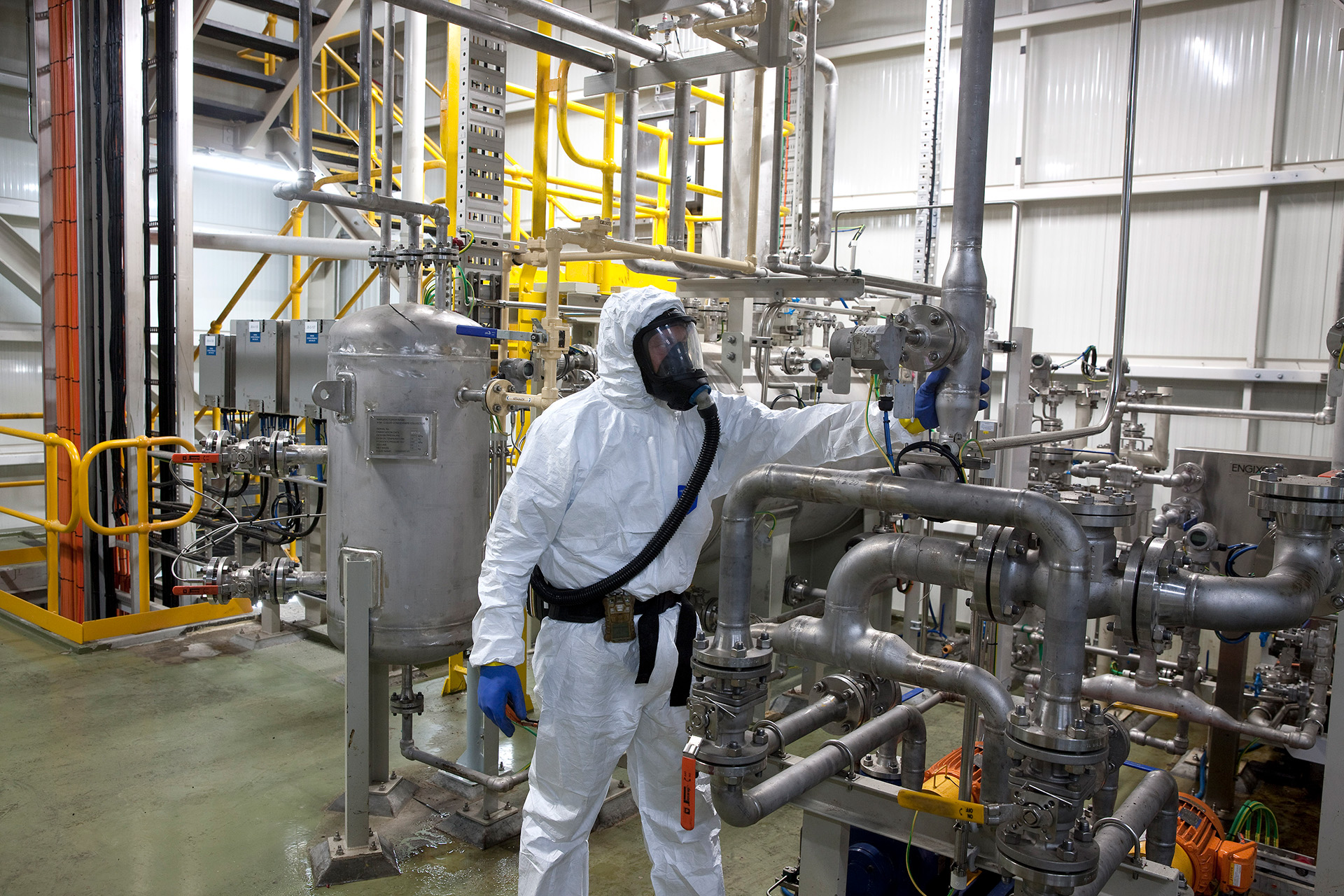These days Ecocycle is best known as a specialist recycler of mercury, but when it began back in 1996 as Ecocycle Industries, the focus was all on recovery of silver from X-rays.
As with other forms of imaging the X-ray world has now largely gone digital, but with vast numbers of old X-rays gathering dust in homes and hospitals, medical clinics and factories, we continue to receive a steady stream of old X-ray films for recycling.
We also accept the developer and fixer chemicals used to process X-rays.
Collection and transport of X-rays
The appropriate means of collection and transport of old X-rays depends on the quantity and your location.
X-ray collection bins are located at all of our depots around Australia.
If you want to recycle the relatively small quantities of X-ray films that often turn up during home clean-ups, just drop them in one of these bins.
If that’s not convenient, X-rays can be sent to your nearest Ecocycle branch by mail or courier.
You don’t even have to be in Australia – a woman in Singapore was so keen to ensure her old X-rays were responsibly recycled, she contacted us via our web enquiry form. We were happy to accept her X-rays, so she cut up the films to fit a mailing envelope and sent them to us.
If you are looking for a recycling solution for X-ray films, give us a call and we’ll advise on the best course of action.
In many cases we can collect larger quantities of X-rays and transport them to our facilities in one of our company-owned vehicles. No quantity is too large – our record so far was the removal of 50 tonnes of X-rays from a single hospital.
If you have X-ray developer and fixer chemicals to dispose of, let us know the details and we’ll advise the best course of action.
Storage of X-rays
Once they reach a Ecocycle depot, X-ray films may need to be stored for a short period of time before recycling.
As they are non-hazardous, they just need to be stored in a dry place.
Recycling of X-rays
Recycling of silver occurs within the company using an electrolytic process.
Films are placed in a chemical bath that dissolves the silver-containing imaging layer.
When an electric current is passed through the solution pure metallic silver is deposited on one of the electrodes.
The backing film that gives X-rays their strength is made from a plastic similar to the type used in soft drink and fruit juice bottles.
It goes into a commodity plastic recycling stream and could end up in products ranging from shampoo bottles to polyester fleece clothing.
Why recycling X-rays matters
Silver is used in many processes and products.
Large amounts of it continue to be extracted by mining, with its associated, negative, environmental consequences.
The more silver that can be recycled, the less that needs to be mined, and the better off the environment will be.
Old X-rays are just one source of recyclable silver. It’s also found in e-waste and some types of batteries.
If your organisation generates significant quantities of any of these types of waste, call us on 1300 32 62 92 or fill out the form below, and one of our experts will explore your options for responsibly recycling these materials.






